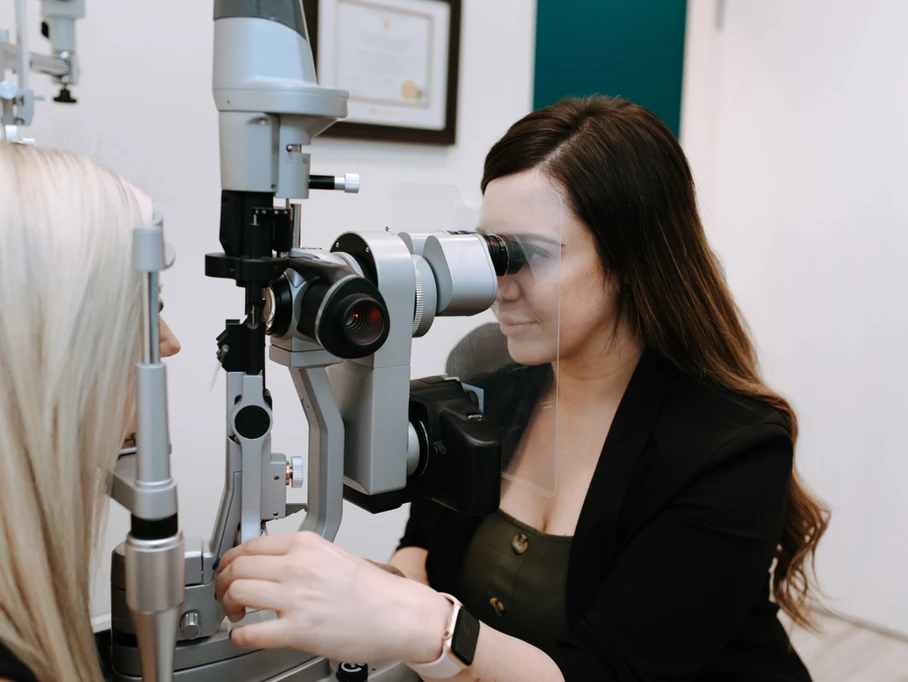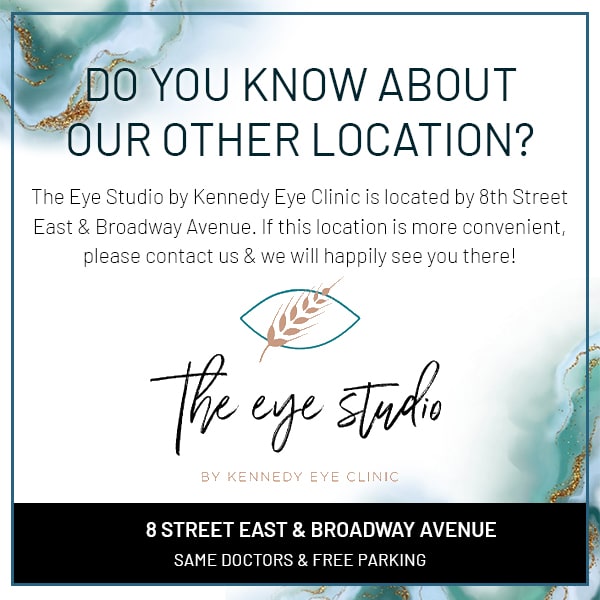Living in the prairies is NOT conducive to dry eyes, but here we are, living in a very dry climate. I had laser eye surgery in 2012
and even though they told me that there “was a risk of dry eyes” after the surgery, I don’t know how serious I took it. When I lived in Eastern Canada, I never really struggled with dry eyes but when I moved home to SK, my skin, hair and eyes did not appreciate the change in climate. Thus, I opened up my dry eye clinic in 2020 to help other people like me.
First, we should briefly summarize the main symptoms of dry eyes:
- Stinging, burning, red eyes
- Fluctuating or blurred vision
- Watery, itchy eyes
- Achy and heavy eyes
- Foreign body sensation in the eyes
- Light sensitivity
You can have one or multiple of these symptoms and as you can imagine, they are NOT fun.
Second, there are 2 main types of dry eye that you can get and I’ll try to simplify it:
- Aqueous deficient dry eye: which essentially means the gland responsible for making your tears (aka the lacrimal gland) isn’t doing a good enough job.
- Evaporative dry eye: which essentially means your tear layer is evaporating too quickly because there isn’t enough “lipids” to keep your tear film stable. Lipid layer is just a technical term for the oil layer in your tear film and your oil layer is made by glands that line your upper and lower lids called meibomian glands. MGD (meibomian gland dysfunction) is the most common type of dry eye, causing more than 80% of cases. Your glands can die off and atrophy over time and they do not regenerate on their own.
As an Optometrist, I liked to clump my dry eye patients into mild, moderate and severe. Every classification needs different treatments. Then I further break it down and give options for “at home therapies” and “in office therapies”. Now you need to understand that living in Saskatchewan, most of my patients show some level of dry eye, but most people are asymptomatic. My job is to present ALL options to all patients.
Mild Dry Eye: this is something that bothers you sometimes, but not all the times. Relief can occur with several different things:
- Artificial tears: preservative free drops will work WAY better than ones with preservatives or over-the-counter drops. If your dry eyes only bother you once a week max, then I don’t know why you’d spend a ton of money on preservative free drops and I would stick to the cheaper ones (just ANYTHING but Visine)!
- Hot compresses with a mask for at least 7-8 minutes; hot cloths don’t have any therapeutic benefit and you are wasting your time if you do compresses this way!
- Taking 2000mg Omega 3’s a day
- Proper lid hygiene to keep your eyes nice and clean on a daily basis. Sometimes tea tree products are the best for this but should only be purchased from an eye care professional.
As you can see, most mild symptoms can be managed with at home therapies.
Moderate-Severe Dry Eye: people with chronic and consistent dry eye symptoms.
At-home:
- Prescription antibiotics. Most people don’t like the side effects and being on a medication for years
- Prescription eye drops. Doesn’t target gland function in particular but works great for aqueous deficient dry eyes.
In-office:
- Punctal plugs which are plugs inserted into your tear drainage structures which force the tears to pool and not drain from your eyes
- Thermal cautery: cauterizing your tear ducts to cause tears to pool – again, not my favourite unless absolutely necessary
- Scleral contact lenses: not your conventional contact lenses and they can be pretty pricy. Also not my favourite.
- Autologous serum: using your own blood plasma to create artificial tears with your own immune cells. These work pretty good when clinical strength artificial tears don’t work.
- Heat treatments like Lipiflow and ILux: I personally don’t believe in these treatments as they are band-aids and not actually helping why your eyes feel the way they do.
- RF (radiofrequency) and IPL (intense pulsed light) treatments for MGD. These two options are my personal favourites because they are treating the root cause of the inflammation that causes dry eyes in addition to unblocking the glands. It’s a double whammy that makes sure your eyes start feeling better. There are 20-30 glands on each lower lid and 40-50 on each upper lid, so they can use all the help they can get! Stay tuned for a future blog post on these 2 technologies and why I brought both of them into my clinic.
Well there you have it, just a little look into dry eyes and what exists to help you with your symptoms. The good news is that your Optometrist will guide you through which options are best suited for you. In my clinic, we normally try at-home remedies first and when we are maxed out, then we turn to in-office treatments however, there are some patients (such as myself) who are too lazy to do the work at home and jump right into in office therapies. There is no right or wrong answer, however if you leave your symptoms go for a long time, it’ll take WAY longer to treat and get you back to normal. Early intervention is key, especially because we don’t want to create permanent irreversible damage.
Thanks for stopping by!
-Dr. K



